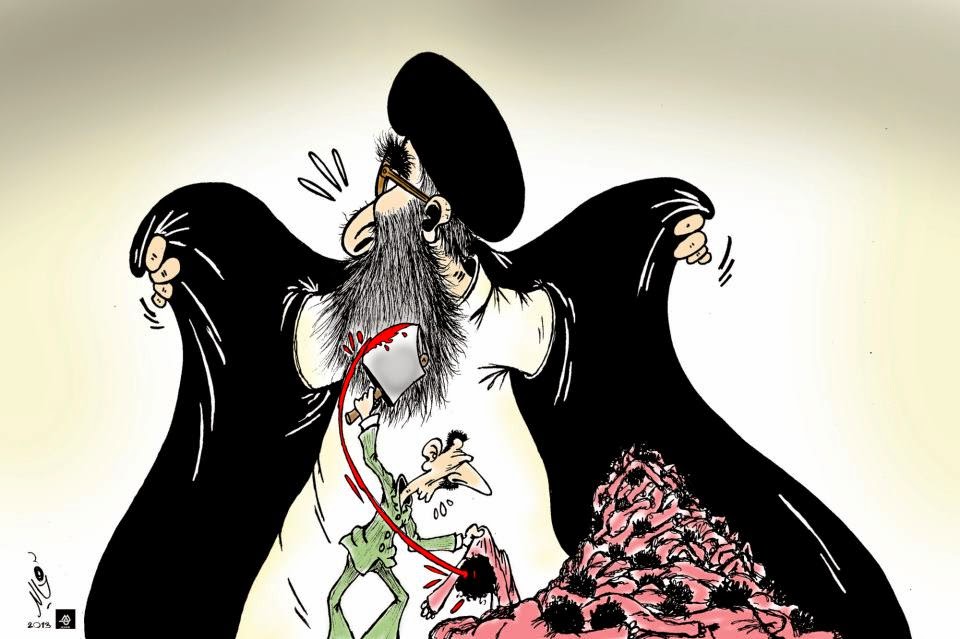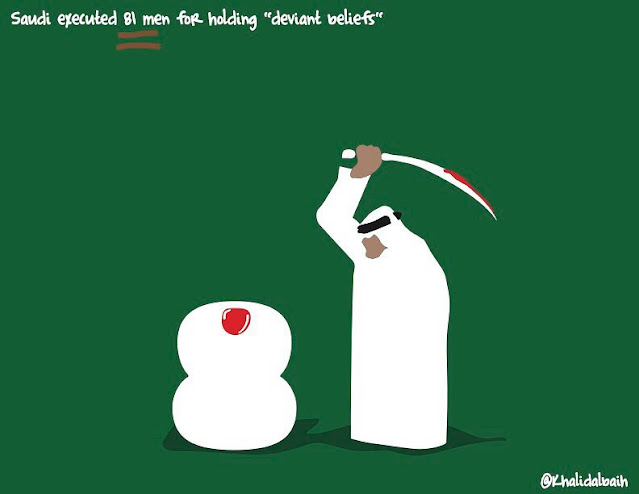The Nature of Drawing
Looking back while going forth: New Year invites to reflection. Before any demagogue, politician or anyone else for that matter has had the time to occupy the cartoonists of the world, let us take in Riber Hansson's words how the act of drawing is part of our DNA.
Riber's original words in Swedish are in Italics below.
 |
| Riber Hansson, 2010. |
By Riber Hansson
We need drawings more than ever. In the present downpour where everyone shares endless trains of random snapshots via all channels on the Internet, we need to be reminded of what an image can be too. What it can communicate by being open to interpretation. And what amazing traditions onto which drawing is based.
No form of communication is so understandable, well-preserved and so unchanged through the ages as the drawing.
To the superficial eye, it looks as if changes take place when the carving of flint in the Stone Age is replaced with the brush of the Greeks in 500 years BC or when Ingres begin drawing with a pencil in the early 1800s, Birger Lundqvist with a fountain pen in the 1950s and the younger generation with the felt tip in the late 1990s.
Drawing takes place inside the head, in the brain which does not change within a span of a few tens of thousands of years.
 |
| Riber Hansson, 1994. |
Vi behöver teckningar mer än någonsin. I detta skyfall då varenda människa delar med sig av oändliga rader tillfälliga snapshots via internets alla kanaler, behöver vi bli påminda om vad en bild också kan vara. Vad den kan förmedla genom att vara öppen för tolkning. Och vilka fantastiska traditioner teckningen bygger på.
Ingen kommunikationsform är så begriplig, välbevarad och så oförändrad genom åren som teckningen.
Dagens människor kan oavsett det ursprungliga uppsåtet med bilden, ta till sig, förstå och njuta av en trettiotusen år gammal teckning på Franska Chauve-grottans vägg, lika väl som av en teckning på en tretusen år gammal grekisk vas, en Gerda Wegner-teckning ur serien Les Délassements d'Eros från 1925, eller en teckning av Per Marquard Otzen i Politiken från 2005.
Den som tror att tecknandet förändras över tid har fel. Teckningar överlever. Och de består därför att de trotsar tillfälliga moden, och har ett slags likartad kvalitet som, vad den än är, åtminstone inte har med naturalism, akademism eller annan -ism att göra.
Vid ett ytlig betraktande ser det ut som om skillnader inträffar när stenålderns ristande flintsten byts mot grekens pensel 500 år f Kr eller när Ingres börjar teckna med blyertspenna i början av 1800-talet, Birger Lundqvist med reservoarpenna på 1950-talet och den yngre generationen i sena 1990-talet med filtspets.
Men i grunden är teckningen densamma. En personlig formupplevelse. Att elektronikens inträde på scenen skulle förändra tecknandet i grunden tror jag inte på.
Tecknandet försiggår inne i huvudet, i hjärnan som inte förändras på några tiotusentals år.
The present words and cartoons are courtesy of Riber Hansson and must not be reproduced without his permission.

